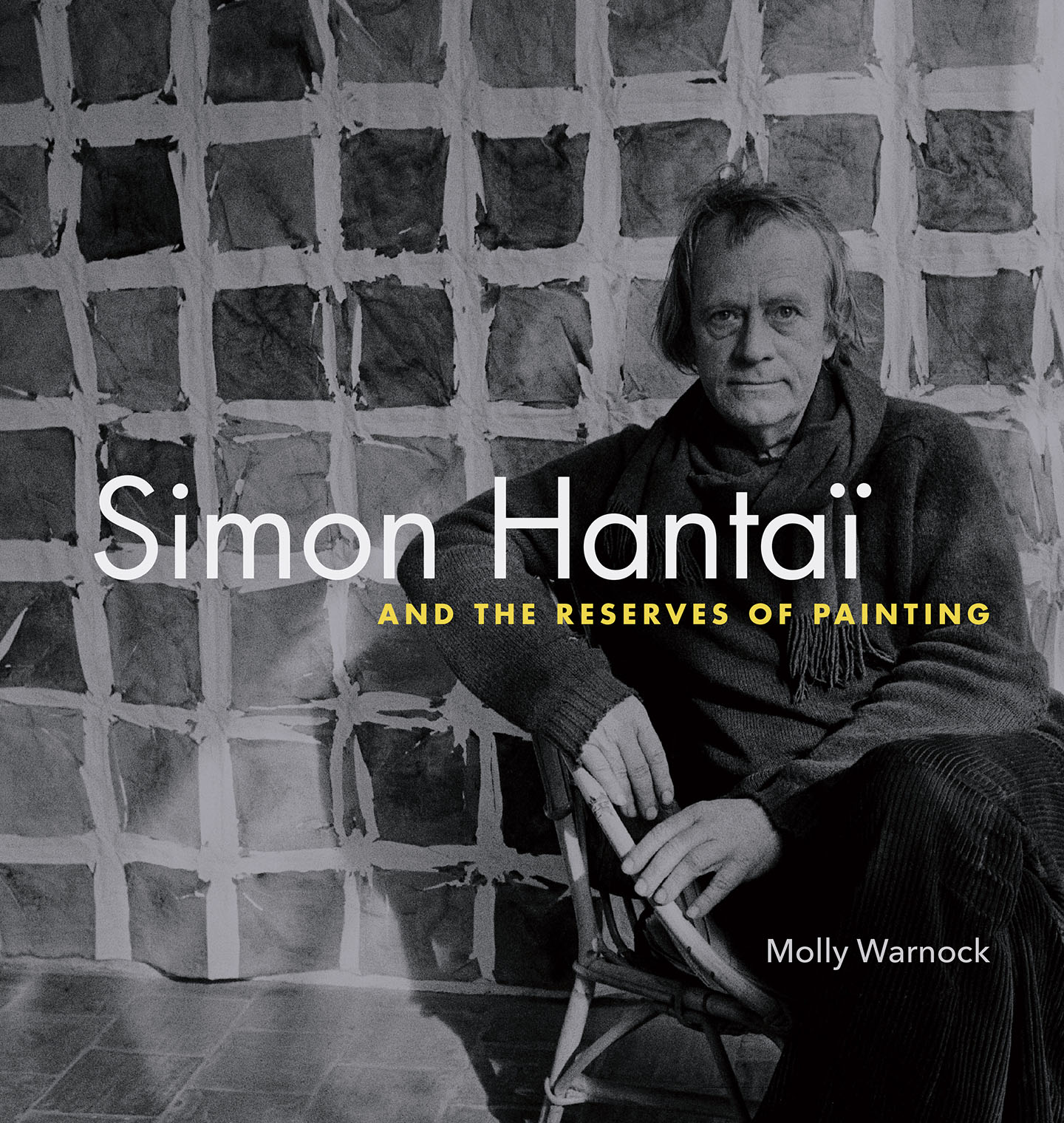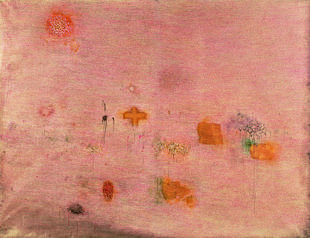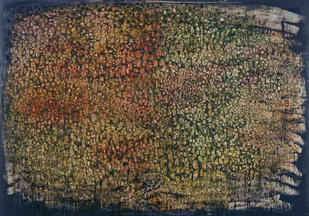Simon Hantaï and the Reserves of Painting
Molly WarnockThe Hungarian-born French painter Simon Hantaï (1922–2008) is best known for abstract, large-format works produced using pliage: the painting of a crumpled, gathered, or systematically pleated canvas that the artist then unfolds and stretches for exhibition. In her study of this profoundly influential artist, Molly Warnock presents a persuasive historical account of his work, his impact on a younger generation of French artists, and the genesis and development of the practice of pliage over time.
Simon Hantaï and the Reserves of Painting covers the entirety of Hantaï’s expansive oeuvre, from his first aborted experiments with folding around 1950 to his post-pliage experiments with digital scanning and printing. Throughout, Warnock analyzes the artist’s relentlessly searching studio practice in light of his no less profound engagement with developments in philosophy, psychoanalysis, and critical theory. Engaging both Hantaï’s art and writing to support her argument and paying particular attention to his sustained interrogation of religious painting in the West, Warnock shows how Hantaï’s work evinces a complicated mixture of intentionality and contingency. Appendixes provide English translations of two major texts by the artist, “A Plantaneous Demolition” and “Notes, Deliberately Confounding, Accelerating, and the Like for a ‘Reactionary,’ Nonreducible Avant-Garde.”
Original and insightful, this important new book is a central reference for the life, art, and theories of one of the most significant and exciting artists of the twentieth century. It will appeal to art historians and students of modernism, especially those interested in the history of abstraction, materiality and Surrealism, theories of community, and automatism and making.

2020
- $89.95 cloth, 9780271085029
- $89.95 ebook
- 280 pages
- 130 illus., 41 in color, 9 x 9.5 in.





